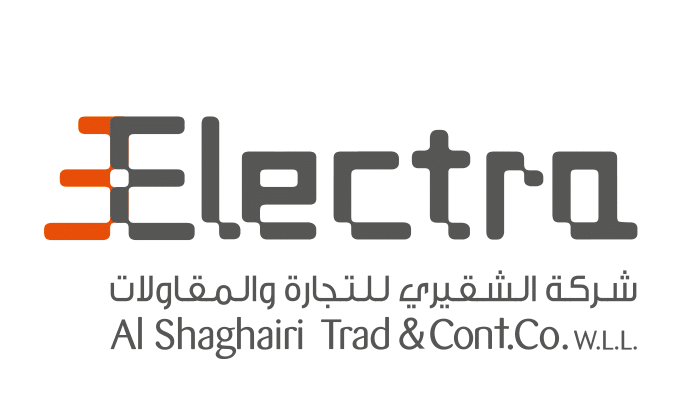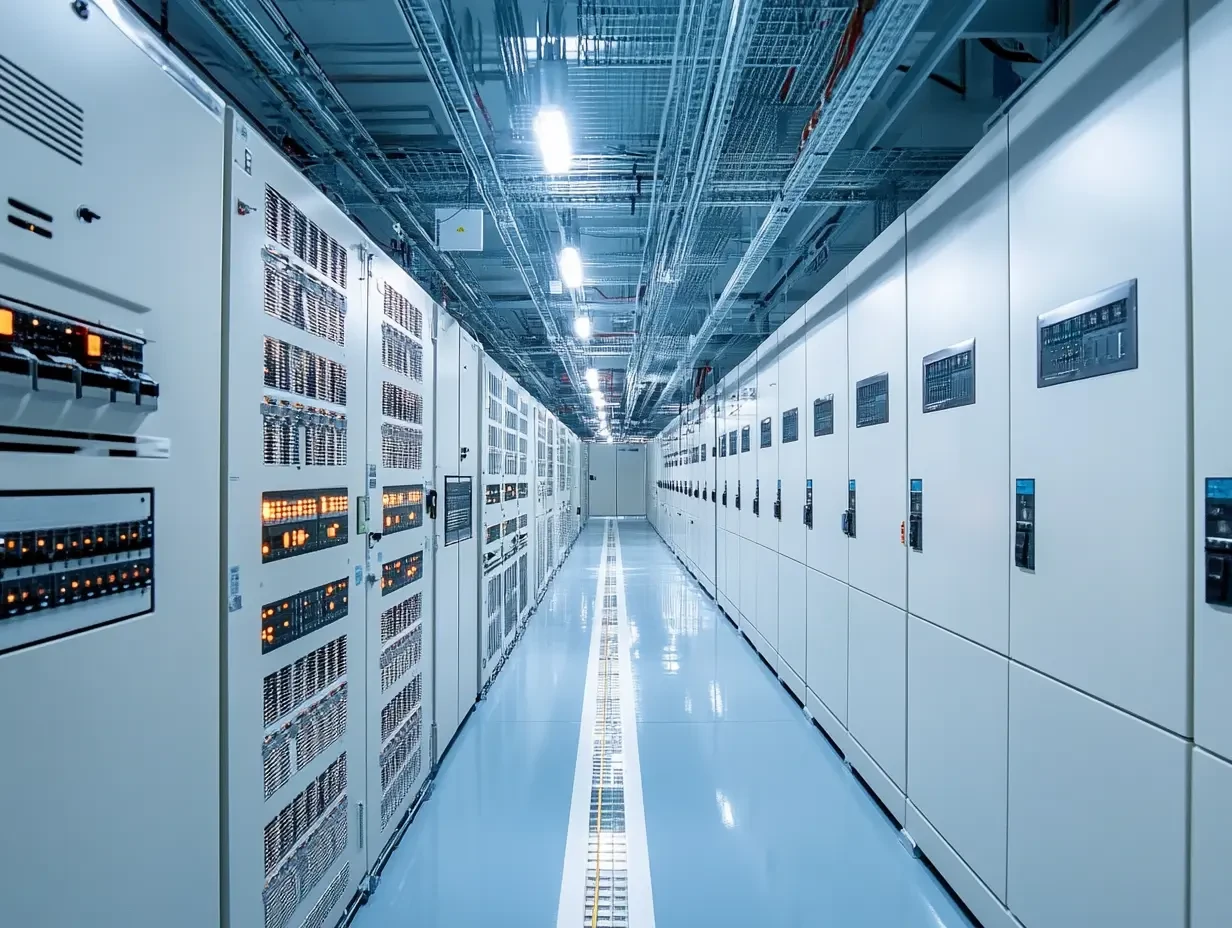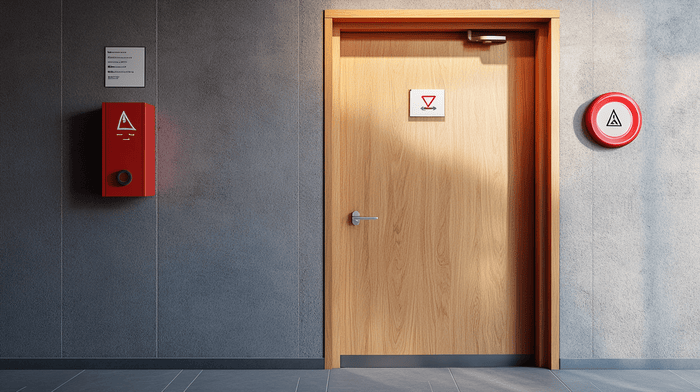Do you know what the ultimate aim of smart buildings is? The aim of smart buildings in today’s era is to stay energy efficient. They also aim to improve building operations, productivity, and support sustainability efforts. You can achieve these with the incorporation of ELV systems. According to the International Electrotechnical Commission, ELV - Extra Low Voltage is considered any system that operates at a voltage not exceeding 35V AC or 60V ripple-free DC.
Extra Low Voltage systems are now turning into a necessity for today’s smart buildings in order to make building infrastructure highly intelligent and interconnected. This also leads to great efficiency. These extra low voltage systems are employed for security, lighting, communication, air-conditioning and heating. The system includes different systems such as fire detection and alarms, intrusion detection, CCTV, voice evacuation, public address, voice and data communications, access controls, audio-visual, data networking and wireless communication and distribution and auxiliary systems. In this blog, we will talk in detail about ELVs, their key components and how they enhance security and safety.
Key Components of ELV Systems for Security and Safety
Here are the key components of ELV systems for enhanced security and safety;
- Closed Circuit Television System (CCTV) – CCTV system is made up of a connected network of cameras and recording systems. It can be classified as a ‘closed’ system that functions independently until and unless it becomes a part of your ELV system. The system aids in monitoring and securing sensitive places in your building.
Learn more: The Ultimate Guide to Obtaining MOI Approval for CCTV in Qatar
- Fence Intrusion Detection System (FIDS) – A fence intrusion detection system is an advanced security system whose major purpose is to detect security breaches that may take place on any perimeter fences.
- Public Address and General Alarm System (PAGA) – This system amplifies your voice using microphones and loudspeakers in order to increase the volume of spoken words or other sounds. Meanwhile, the general alarm system enables remote control of alarms and flashing lights.
- Access Control System (ACS) – Access control systems are a crucial component of any security system hub, enabling the secure monitoring and management of staff access in various types of buildings. This system allows staff to gain entry to different areas using access cards or biometric methods, such as fingerprints.
- LAN and Telephone System – LAN is a local area network which is defined as an interconnected computer network that covers a small area. This network of computers and devices can be linked either through physical cables known as LAN cables or wirelessly with the use of radio waves.
- Master Clock System (MCS) – This system is known as an interconnected system of clocks that operates centrally. In this system, all other clocks, or slave clocks are synchronised. The slave clocks use the master clock as a time reference, ensuring that all clocks in the system display the same time.
How ELV Systems Enhance Building Security
Security of the building is one of the major reasons behind the growing demand for ELV systems. The system has become an advanced and transformative approach to enhance building security. It aids in setting up the surveillance and safety systems for smart buildings, which includes necessary installations. ELV systems provide the required framework to ensure 24/7 monitoring, enhanced access control and intrusion detection and identification.
The security systems are integrated with ELV systems including surveillance cameras, access control systems, intrusion detection systems and others. By skillfully designing and integrating these components, ELV systems create a cohesive security network that protects the building and its occupants.
ELV systems improve building safety with the integration of security, communication, and environmental controls. This further enables real-time monitoring along with automated responses, and efficient management in order to safeguard occupants and infrastructure effectively. ELV systems offer comprehensive surveillance with high-definition CCTV cameras that are programmed with advanced analytics. It offers real-time monitoring support with proactive threat detection.
Effective intercom systems enable smooth communication, ensuring rapid responses during emergencies and efficient coordination among security staff. ELV systems provide scalability and compatibility with other security technologies, allowing for seamless integration and adaptability to future safety requirements.
Benefits of Integrating ELV Systems in Modern Buildings
Let’s check out the benefits of integrating ELV systems in modern buildings:
1. Witness Centralised Controlling and Monitoring
A major advantage of ELV systems is their ability to centralise the control and monitoring of various security subsystems. A central control room can manage access logs, surveillance feeds, and alarm systems. It will offer you a comprehensive view of your building's security status. This centralisation feature facilitates faster decision-making and effective management of security protocols.
2. Improves Response Times to Reduce Damage Impact
An integrated ELV system enables faster and more coordinated responses to security incidents. For instance, when an intrusion detection system is activated because of any trigger, CCTV cameras can automatically target the affected area. This smart access control system can lock down relevant sections of the building. It is a coordinated approach that helps to reduce potential damage.
3. Get Improved Situational Awareness at Your Place
Modern ELV systems provide advanced features such as facial recognition, motion detection and licence plate recognition, which greatly enhance situational awareness. These capabilities of the ELV system let security personnel in your building identify and address potential threats. For example, when you have an access control system with a facial recognition feature, it may notify security if a recognised threat tries to breach the building.
4. Brings in Cost Effectiveness
Although the initial investment in an ELV system can be significant, the long-term advantages include lower operational costs. Centralised management minimises the necessity for extensive staff for your building and advanced monitoring helps prevent expensive security breaches. Furthermore, the energy efficiency of low-voltage systems leads to additional cost savings.
Conclusion
Extra-Low Voltage (ELV) systems have emerged as a powerful solution, integrating advanced technologies like CCTV surveillance, access control, and fire alarm systems to create a secure and safe environment for both residential and commercial buildings. Electra, a leader in the field of ELV systems, stands out by delivering cutting-edge solutions tailored to meet the unique needs of every building. With a commitment to innovation and quality, Electra ensures that your building is equipped with the most advanced security and safety systems available.






